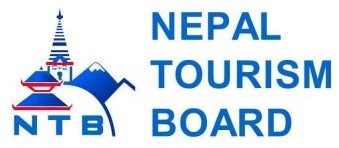How to Prepare for Everest Base Camp Trek

16th Feb, 2025
- teamramadventure
How to Prepare for Everest Base Camp Trek: A Complete 2025-2026 Guide
Everest Base Camp (EBC) Trek is a dream adventure for many trekkers. Whether you’re an experienced hiker or a beginner, proper preparation is crucial to make your journey safe, enjoyable, and successful. This guide covers essential training tips, gear recommendations, acclimatization strategies, and everything you need to know for your 2025-2026 trek to Everest Base Camp.
Table of Contents
1. Physical Training for Everest Base Camp Trek
The trek to EBC is physically demanding, with long hiking days, steep ascents, and high-altitude challenges. Here’s how to prepare:
Cardio Training: Engage in activities like running, cycling, or swimming to improve endurance. Aim for at least 4-5 sessions per week.
Strength Training: Focus on leg strength with squats, lunges, and step-ups to handle rugged terrains. Include core exercises for stability.
Hiking Preparation: Train with weighted backpacks on inclines to simulate real trekking conditions.
Altitude Training: If possible, hike at high altitudes or use hypoxic training masks to prepare your body.
2. Essential Gear and Packing List
Packing the right gear is key to a comfortable trek. Some must-have items include:
Trekking Boots: Well-broken-in, waterproof hiking boots with good ankle support.
Clothing Layers: Moisture-wicking base layers, insulated jackets, and a waterproof shell.
Backpack & Daypack: A 50-60L backpack and a 20L daypack for essentials.
Sleeping Bag: A four-season sleeping bag rated for -10°C or lower.
Trekking Poles: Reduces strain on knees and provides better balance.
Other Essentials: Sunglasses, gloves, first aid kit, water purification tablets, and snacks.
3. Acclimatization and Altitude Sickness Prevention
Altitude sickness is a major concern at EBC. Follow these tips to acclimatize properly:
Gradual Ascent: Follow the itinerary with enough acclimatization days.
Stay Hydrated: Drink 3-4 liters of water daily.
Avoid Alcohol & Smoking: These can worsen altitude symptoms.
Medication: Consider Diamox (consult a doctor) to help with acclimatization.
Listen to Your Body: If symptoms worsen, descend immediately.
4. Permits and Documentation
For the Everest Base Camp Trek, you need the following permits:
Sagarmatha National Park Entry Permit
Khumbu Pasang Lhamu Rural Municipality Permit
TIMS Card (if required by your tour operator)
These can be obtained in Kathmandu or Lukla.
5. Best Time for Everest Base Camp Trek
The ideal trekking seasons are:
Spring (March to May): Stable weather, blooming rhododendrons, and clear views.
Autumn (September to November): Best visibility, moderate temperatures, and dry trails.
6. Travel Insurance and Emergency Evacuation
Having a comprehensive travel insurance plan covering high-altitude trekking and helicopter evacuation is crucial. Make sure it includes:
Medical coverage for altitude sickness.
Trip cancellations and lost baggage.
Emergency evacuation up to 6,000 meters.
7. Best Trekking Agency in Nepal
For a safe and well-organized trek, consider booking with Team Ram Adventure, the best trekking agency in Nepal. With experienced guides, personalized itineraries, and excellent customer service, they ensure an unforgettable Everest Base Camp experience.
8. Budgeting for the Everest Base Camp Trek
The cost of the trek varies based on factors like guides, porters, and accommodations. Estimated expenses:
Guided Trek: $1,200 – $2,500 per person.
Independent Trek: $800 – $1,500 (excluding flights).
Extra Expenses: Gear rental, food, Wi-Fi, hot showers, and tipping guides/porters.
Final Tips for a Successful Everest Base Camp Trek
Start training at least 3-6 months before the trek.
Pack smart and travel light.
Follow the trek itinerary and respect local culture.
Stay positive and enjoy the journey!
By following this guide, you’ll be well-prepared to take on the Everest Base Camp Trek in 2025-2026. Start your training, get the right gear, and make your dream adventure a reality!


 Plan Your Trip Now
Plan Your Trip Now 










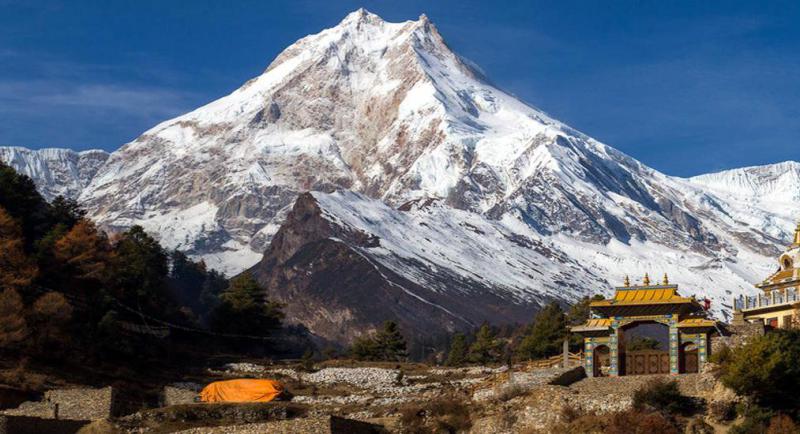











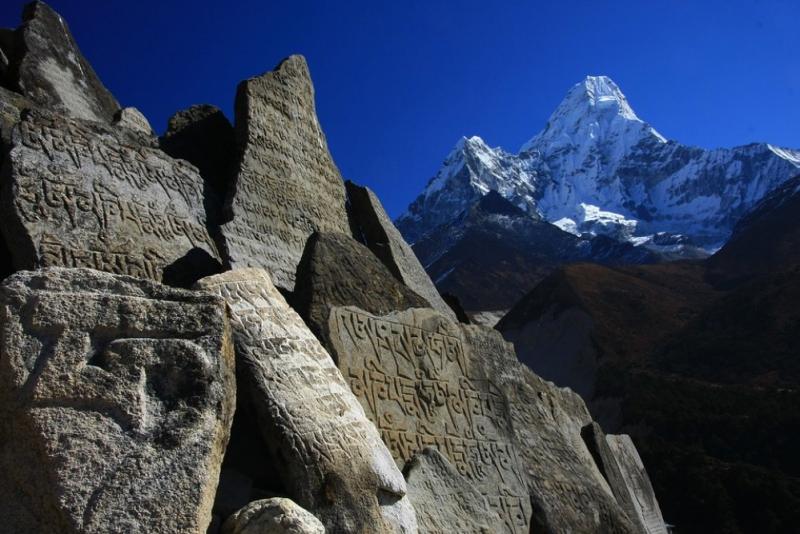






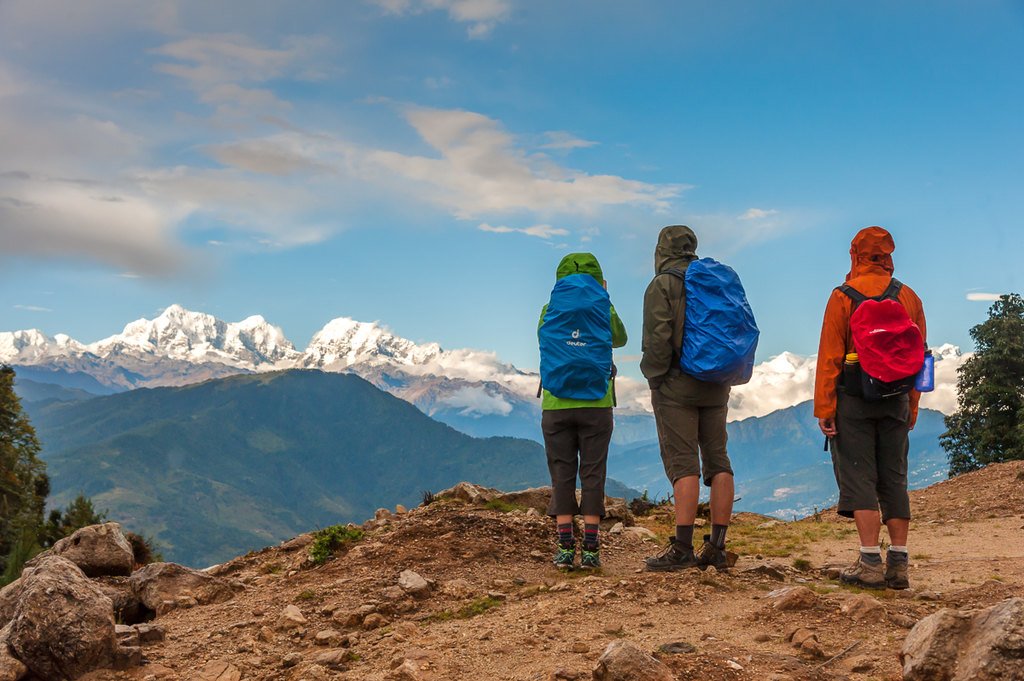
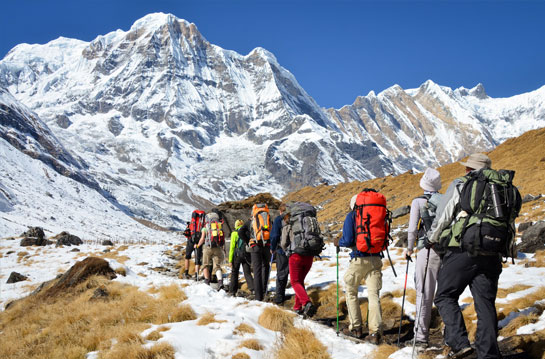
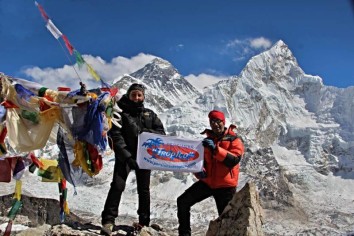






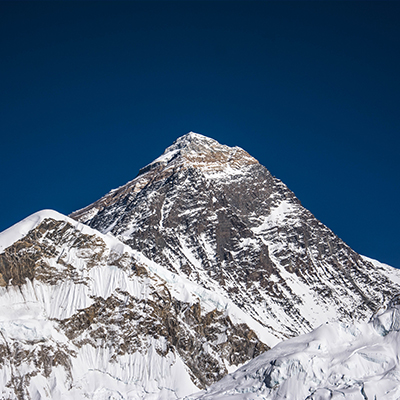


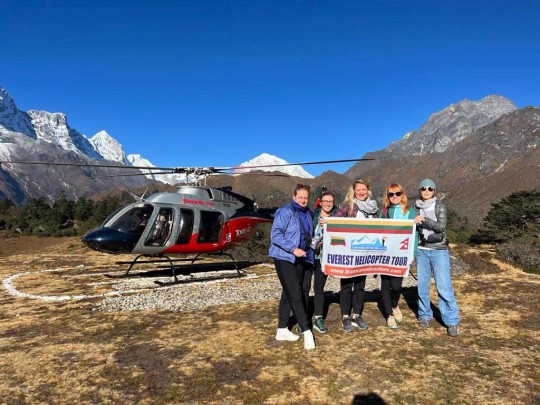



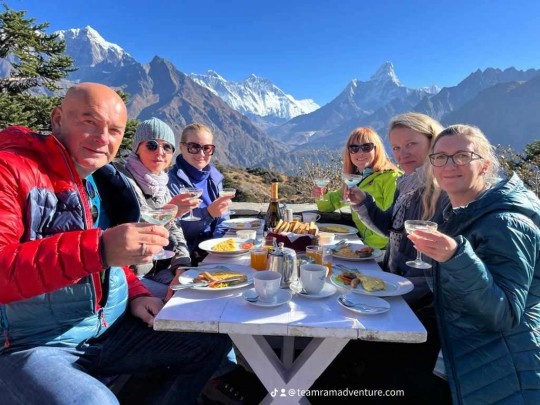







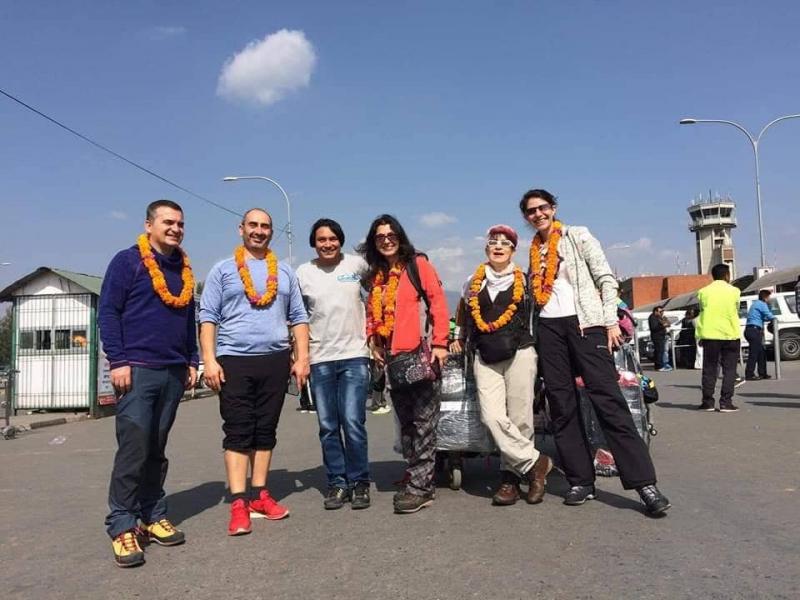












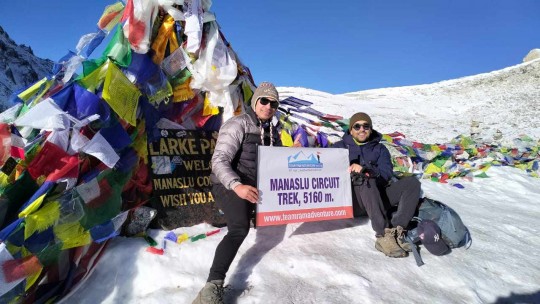
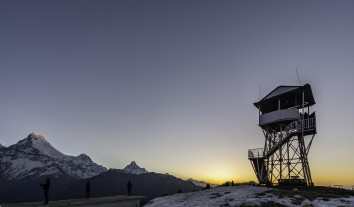
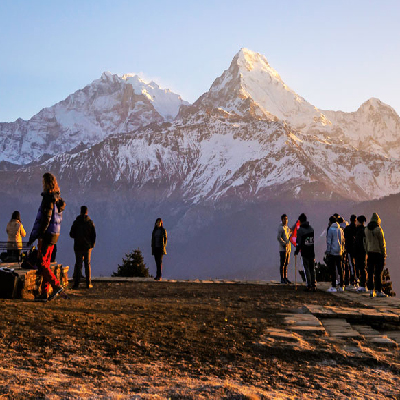










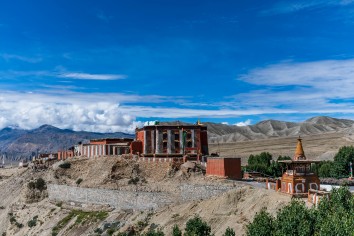


.jpg)







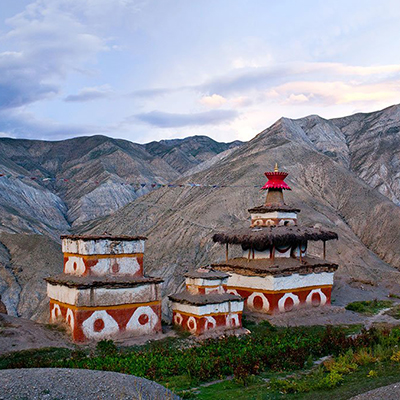
.jpg)


.jpg)

